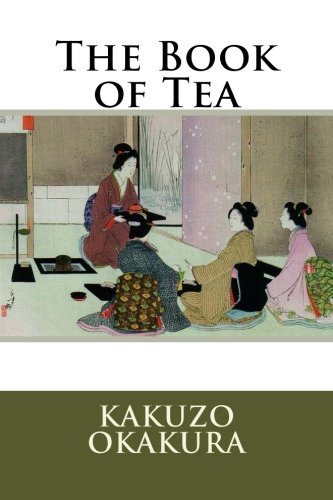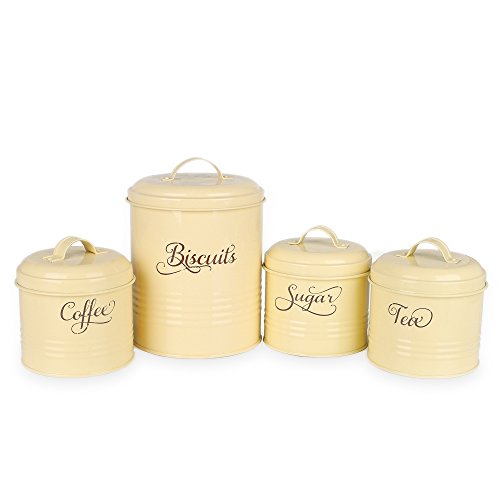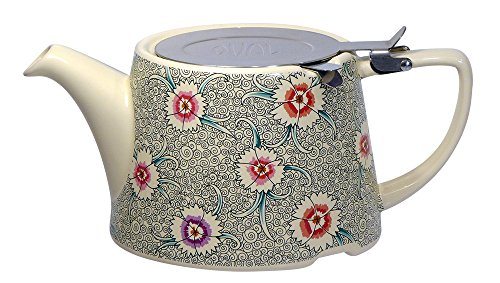The Book of Tea
In 1906 in turn-of-the century Boston, a small, esoteric book about tea was written with the intention of being read aloud in the famous salon of Isabella Gardner, Boston’s most famous socialite. It was authored by Okakura Kakuzo, a Japanese philosopher, art expert, and curator. Little known at the time, Kakuzo would emerge as one
In 1906 in turn-of-the century Boston, a small, esoteric book about tea was written with the intention of being read aloud in the famous salon of Isabella Gardner, Boston’s most famous socialite. It was authored by Okakura Kakuzo, a Japanese philosopher, art expert, and curator. Little known at the time, Kakuzo would emerge as one of the great thinkers of the early 20th century, a genius who was insightful, witty—and greatly responsible for bridging Western and Eastern cultures. Okakura had been taught at a young age to speak English and was more than capable of expressing to Westerners the nuances of tea and the Japanese Tea Ceremony.That a nation should construct one of its most resonant national ceremonies round a cup of tea will surely strike a chord of sympathy with at least some readers of this review. To many foreigners, nothing is so quintessentially Japanese as the tea ceremony–more properly, “the way of tea”–with its austerity, its extravagantly minimalist stylization, and its concentration of extreme subtleties of meaning into the simplest of actions. The Book of Tea is something of a curiosity: written in English by a Japanese scholar (and issued here in bilingual form), it was first published in 1906, in the wake of the naval victory over Russia with which Japan asserted its rapidly acquired status as a world-class military power. It was a peak moment of Westernization within Japan. Clearly, behind the publication was an agenda, or at least a mission to explain. Around its account of the ceremony, The Book of Tea folds an explication of the philosophy, first Taoist, later Zen Buddhist, that informs its oblique celebration of simplicity and directness–what Okakura calls, in a telling phrase, “moral geometry.” And the ceremony itself? Its greatest practitioners have always been philosophers, but also artists, connoisseurs, collectors, gardeners, calligraphers, gourmets, flower arrangers. The greatest of them, Sen Rikyu, left a teasingly, maddeningly simple set of rules: Make a delicious bowl of tea; lay the charcoal so that it heats the water; arrange the flowers as they are in the field; in summer suggest coolness; in winter, warmth; do everything ahead of time; prepare for rain; and give those with whom you find yourself every consideration. A disciple remarked that this seemed elementary. Rikyu replied, “Then if you can host a tea gathering without deviating from any of the rules I have just stated, I will become your disciple.” A Zen reply. Fascinating. –Robin Davidson, Amazon.co.uk













The Tempest in Tea Cup I haphazardly discovered this book when I had undertaken the task of better acquainting myself with tea. Totally ignorant, I opened the book half expecting to find dry writing on types of tea leaves. Instead I discovered something deeply beautiful. This book does indeed teach the history of tea and its preparation, but it also provides an eloquent introduction to Teaism and other aspects of Japanese culture. Okakura wavers most delicately between prose and poetry, between the educational…
Philosophy of Tea This books is a quick and informative introduction to the philosophy underpinnig “Teaism”. The book outlines how tea masters tried to live their lives according to the simple grace of the Japanese tea ceremony.For those looking for detailed instructions on conducting a tea ceremony, look elsewhere. But for those who want a handbook on a way of life, read further
The Tao of Tea Kakuzo Okakura (1862-1919) was born in a Japan that had seen Commodore Perry but had not yet renounced the Shogunate. By the end of his life he had seen the Great War and Japan’s first imperialistic military adventures in Korea and Manchuria that would culminate in the tragedy of the Second World War.